The Nexus Approach
On 14 October 2016, the Cyprus House of Representatives passed amendments to the Income Tax Law in order to align the current IP tax legislation with the provisions of Action 5 of the OECD’s Base Erosion and Profit Shifting (BEPS) project.
The effect:
• Limits application of the IP Box Regime where R&D is not performed by the Cypriot taxpayer but is outsourced to related parties.
• The approach links the benefits of the regime with the R&D expenses incurred by the taxpayer.
Qualifying Intangible Asset (‘QA’)
A qualifying intangible asset is an asset acquired/ developed/ exploited by a person within the course of carrying out their business. QAs comprise in particular patents and computer software.
The following assets are specifically excluded from the IP Box regime:
• Business names
• Brands
• Trademarks
• Image Rights
• Other Intellectual property rights used for marketing of products and services
Qualifying Expenditure (‘QE’)
Qualifying expenditure include:
• R&D expenditure incurred by the taxpayer (including R&D expense incurred by a foreign branch of the Cypriot IP holding company)
• Unrelated party R&D outsourcing expenditure
• Direct expenditure (salaries and other expenses relating to R&D)
Overall Income (‘OI’)
The overall income comprises of the gross income earned from the qualifying asset during the tax year minus any direct cost incurred for generating the income.
It includes, but is not limited to:
• Royalties
• Licences
• Compensation
• Income of disposal of a qualifying asset (excluding profit of a capital nature)
Uplifting Expenditure (‘UE’)
The Uplifting Expenditure is the lower of:
• 30% of the Qualifying Expenditure and;
• The total acquisition cost of the QA and any R&D costs are outsourced to related parties
Overall Expenditure (‘OE’)
Overall Expenditure means the total capital expenditure either qualifying or not, relating to the creation of the Qualifying IP i.e., cost of acquisition of the qualifying asset plus the cost of outsourcing to related parties, etc.
Where the calculation of qualifying profits results in a loss, only 20% of this loss may be carried for-ward or group relieved.
The taxpayer may forego the whole or part of the deduction in each year of assessment.




